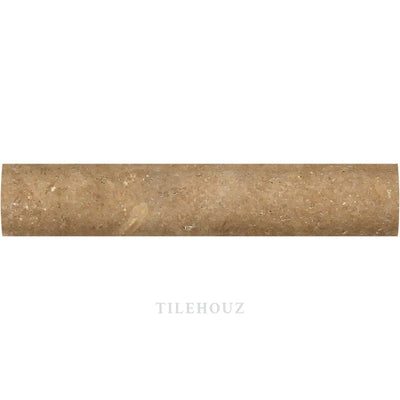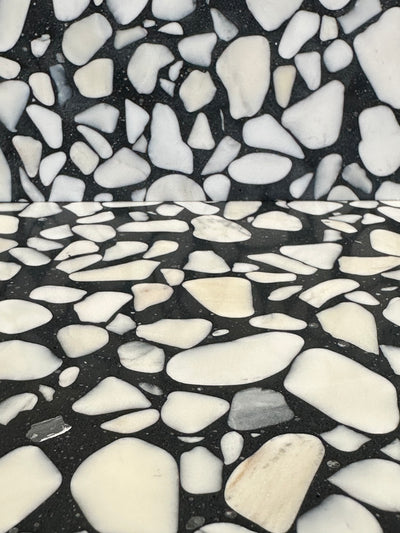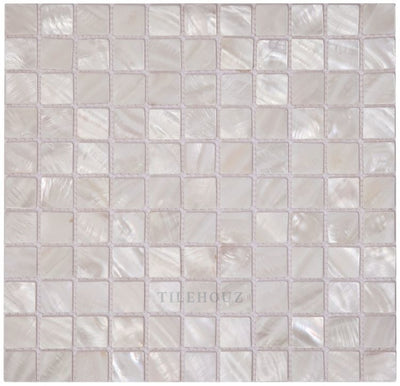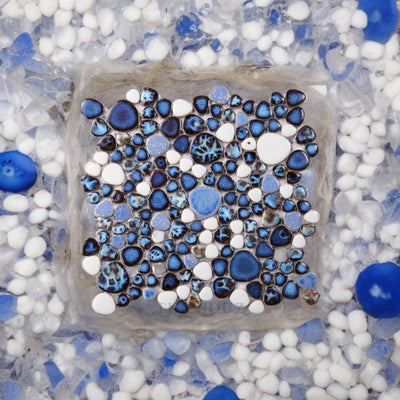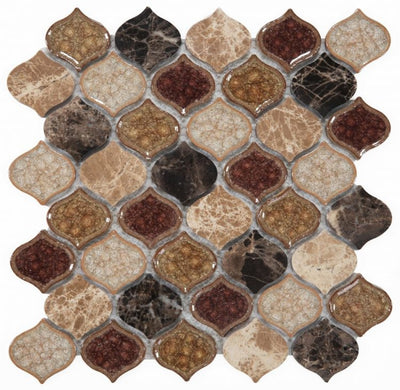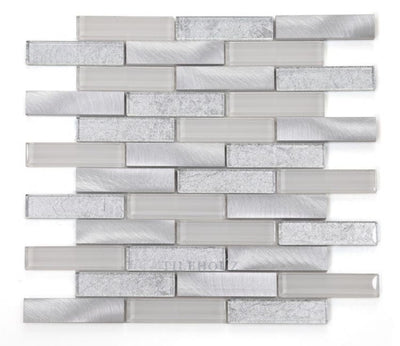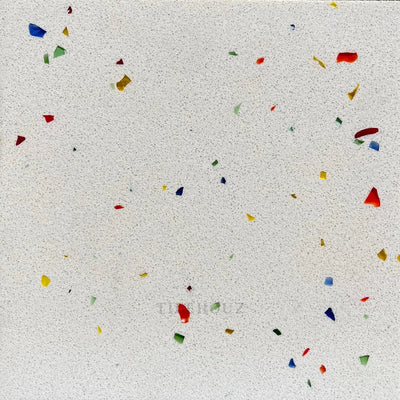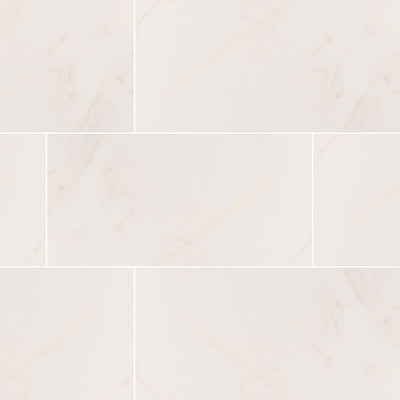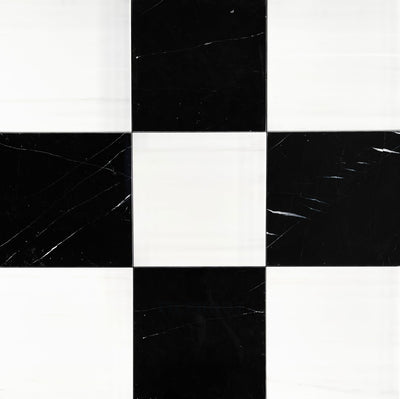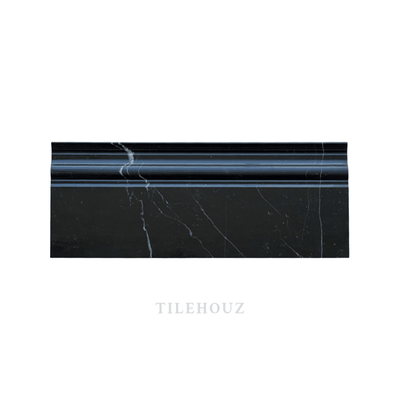What Is Onyx?
Onyx is a unique and visually striking variety of the mineral chalcedony, which belongs to the quartz family. It is characterized by its fine-grained and translucent nature, often displaying bands of alternating colors. Onyx is formed in the same way as agate, through the deposition of silica in the cavities of lava or limestone.
Here are some key features and characteristics of onyx:
1. Colors and Patterns: Onyx typically exhibits bands of different colors, most commonly black, white, brown, yellow, and shades of red. These bands can be arranged in parallel or concentric patterns, resulting in a striking and dramatic appearance. Some onyx varieties, known as Sardonyx, feature bands of white and brown.
2. Translucency: Onyx is known for its translucency, meaning it allows light to pass through it to varying degrees. This property enhances the visual appeal of onyx, especially when used in backlit applications such as countertops, wall panels, or decorative objects.
3. Varieties: Onyx occurs in several different varieties, each with its own unique appearance. For example, Black Onyx is solid black in color, while Green Onyx exhibits various shades of green. Other popular varieties include White Onyx, Honey Onyx, and Red Onyx.
4. Uses: Onyx has been used for centuries in decorative applications due to its striking appearance. It is commonly employed in the creation of jewelry, such as rings, pendants, and beads. In architecture and design, onyx is used for countertops, wall cladding, flooring, fireplace surrounds, and decorative objects like vases and lamps. When backlit, it creates an ethereal glow, adding an element of luxury and sophistication to any space.
5. Care and Maintenance: Onyx is a relatively soft stone, ranking around 6.5 to 7 on the Mohs hardness scale. It is more susceptible to scratching and etching compared to harder stones like granite or quartzite. Proper sealing and regular maintenance are essential to preserve its beauty and protect it from stains and damage.
Overall, onyx is highly valued for its unique appearance, translucency, and bands of vibrant colors. It is a sought-after material for adding elegance and visual impact to various applications in jewelry and interior design.
Here are some key features and characteristics of onyx:
1. Colors and Patterns: Onyx typically exhibits bands of different colors, most commonly black, white, brown, yellow, and shades of red. These bands can be arranged in parallel or concentric patterns, resulting in a striking and dramatic appearance. Some onyx varieties, known as Sardonyx, feature bands of white and brown.
2. Translucency: Onyx is known for its translucency, meaning it allows light to pass through it to varying degrees. This property enhances the visual appeal of onyx, especially when used in backlit applications such as countertops, wall panels, or decorative objects.
3. Varieties: Onyx occurs in several different varieties, each with its own unique appearance. For example, Black Onyx is solid black in color, while Green Onyx exhibits various shades of green. Other popular varieties include White Onyx, Honey Onyx, and Red Onyx.
4. Uses: Onyx has been used for centuries in decorative applications due to its striking appearance. It is commonly employed in the creation of jewelry, such as rings, pendants, and beads. In architecture and design, onyx is used for countertops, wall cladding, flooring, fireplace surrounds, and decorative objects like vases and lamps. When backlit, it creates an ethereal glow, adding an element of luxury and sophistication to any space.
5. Care and Maintenance: Onyx is a relatively soft stone, ranking around 6.5 to 7 on the Mohs hardness scale. It is more susceptible to scratching and etching compared to harder stones like granite or quartzite. Proper sealing and regular maintenance are essential to preserve its beauty and protect it from stains and damage.
Overall, onyx is highly valued for its unique appearance, translucency, and bands of vibrant colors. It is a sought-after material for adding elegance and visual impact to various applications in jewelry and interior design.

